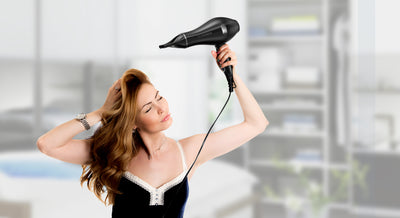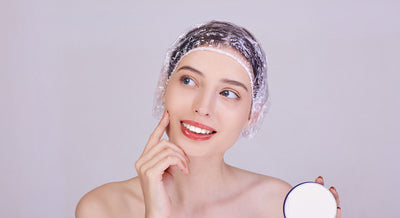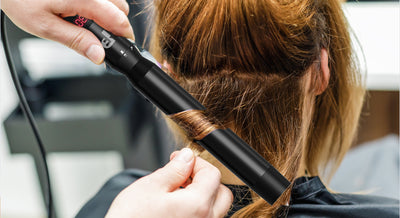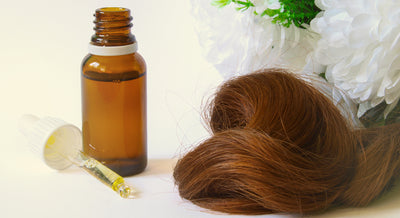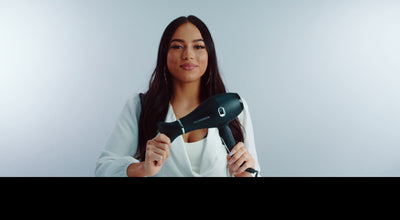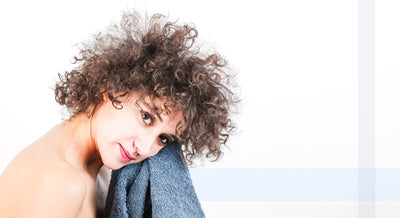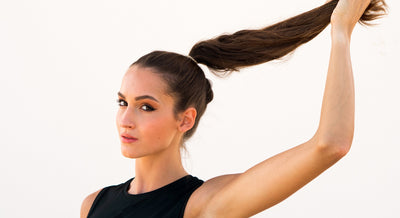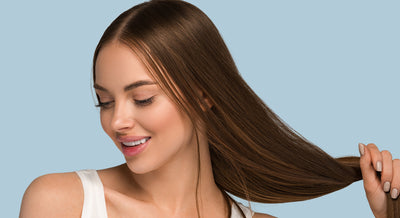“Wash your hair” is one of those essential life habits we all learned at an early age, much like “brush your teeth” and “eat your vegetables”.
While the specifics of hair washing may differ from person to person, such as how often to do it or how strong of a shampoo to use, the universal consensus is that it’s an essential part of keeping hair as clean and manageable as possible.
However, when it comes to conditioning the hair, the consensus is a bit mixed. Some will say that conditioning the hair following every shampoo rinse is a must, while others while say that conditioning is something that should only be done on an as-needed basis, such as when your hair is particularly dry or fragile.
Others, in fact, will advise against using conditioner altogether, recommending it only for the driest hair types.
With all this conflicting advice out there, it can be confusing trying to determine the best way to incorporate conditioner into your hair care routine. Thankfully, we’re here to offer some clarity on the issue, and help you learn how to best condition your hair for a flawless, healthy look!
Why You Need Conditioner
For those with naturally oily hair, the thought of using a conditioner may seem counterintuitive and unnecessary. After all, wouldn’t applying more oil and moisture to hair that is already oily just result in a greasy, dirty mess? You may be surprised to learn that even these extra-oily hair types still need to use a conditioner, as conditioning provides significant benefits to the hair aside from adding basic moisturization.
Normalize Oil Production
Every time you wash your hair with shampoo, you are removing the oil and sebum that your scalp naturally produces. This oil and sebum are produced to naturally maintain moisture levels in the hair and removing it without following up with a conditioner is a recipe for instant hair dryness and damage. Additionally, the moisturizing ingredients contained within a conditioner are specifically designed to fully penetrate the hair shaft, offering a more effective means of hydration and moisturization than what our natural oil and sebum can provide.
For those with excessive oil production in the hair and scalp, the use of a hair conditioner may help to reduce this oil production. As we just mentioned, the scalp produces sebum to moisturize the hair and prevent dryness. When a conditioner is added to the equation, the scalp naturally recognizes the increased moisture content and reduces its oil production in response.
Maintain Texture and Shine
When it comes to all the aspects that we associate with beautiful healthy hair, such as softness, shine, and elasticity, everything is dependent on the structure of the outer cuticle layer. The cuticle is made up of many microscopic pieces that look like scales, and these scales need to be closed to leave the hair feeling smooth and soft, as well as to reflect light to give hair shine. However, when we shampoo the hair, we raise the cuticle layer to fully clean the hair of dirt and grime, and the application of conditioner is vital to re-seal that outer layer and leave the hair looking and feeling healthy.
Prevent Dryness and Damage
The most obvious reason to apply conditioner is to keep the hair moisturized and hydrated, which, again, all goes back to the cuticle layer. When the outer cuticle layer is raised, all the moisture and hydration within the hair strand seeps out, causing an easy recipe for dryness and damage. Sealing the cuticle is crucial for preventing this damage and dryness for anyone who uses a shampoo, regardless of hair type. This is even more important for those with colored hair treatments or those who frequently heat style their hair, as they are at a greater risk for a damaged cuticle layer.
How to Apply Conditioner
Within the hair care world, there are several types of conditioners. Depending on your needs, you may find that different types of conditioners are more appropriate for you and your hair type. Additionally, each of these products requires its own unique steps for use and application.
Traditional Conditioner
For most hair types, using a traditional hair conditioner following a wash with shampoo is the best way to maintain hair health.
1. Thoroughly wash hair and scalp with shampoo.
2. Rinse hair completely with water.
3. Dispense a quarter-sized amount of conditioner into your palms.
4. Working from the roots to the tips, massage the conditioner into your hair.
5. Allow conditioner to penetrate the hair for 2-3 minutes.
6. Rinse conditioner with water.
7. Dry hair as usual.
Leave-In Conditioner
For drier hair types or those with moderate hair damage, a weekly leave-in conditioner is a perfect way to quickly boost moisture levels and hair health. Even normal hair types can benefit from a bi-monthly application to help keep hair at tip top shape!
1. Thoroughly wash hair and scalp with shampoo.
2. Rinse hair completely with water.
3. Dispense a quarter-sized amount of leave-in conditioner into your palms.
4. Work conditioner directly at the roots of the hair.
5. Using a comb or hairbrush, distribute the conditioner from the roots to the tips of the hair.
6. Allow hair to air-dry.
Deep Conditioner or Hair Mask
When you need to pull out the big guns, a deep conditioner or hair mask is the most effective way to deliver intense, rapidly penetrating moisture and nutrition. This is an intensive treatment that should only be used as needed, such as when hair is feeling exceptionally dry due to weather or climate changes or following an intense hair or chemical treatment.
1. Thoroughly wash hair and scalp with shampoo.
2. Rinse hair completely with water.
3. Dispense a quarter-sized amount of deep conditioner into your palms.
4. Working from the roots to the tips, massage the product into your hair.
5. Cover hair and scalp with a hair mask or shower cap to ensure full saturation of the hair.
6. Allow product to sit for at least 45 minutes and up to an hour.
7. Remove the cap and rinse with water.


